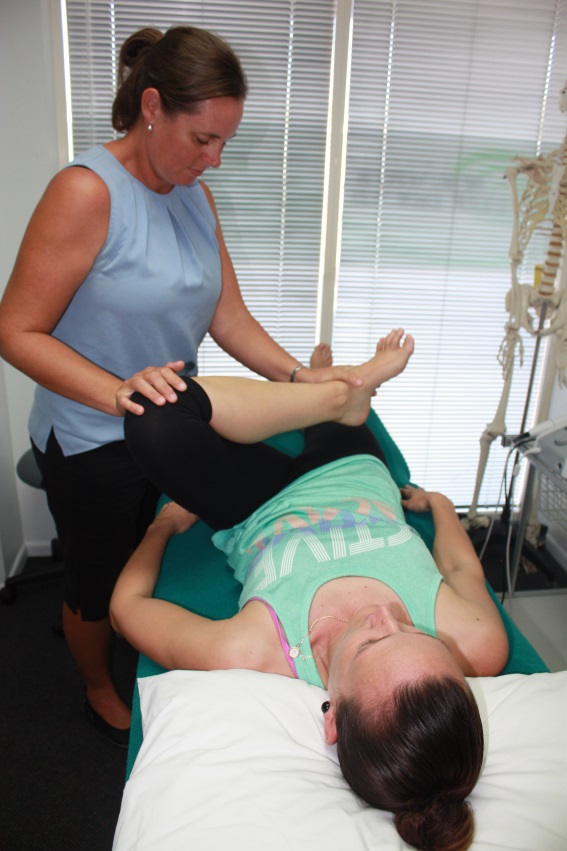I am a young dynamic athlete, why is my hip so stiff?
Femoro-acetabulum impingement (FAI) can manifest in many different ways but all cases will inevitably involve some form of hip stiffness, pain and/or weakness. FAI is the change in morphology at the top of the leg bone (femur) where it forms and articulates with the pelvis (acetabulum) affecting the integrity of the hip joint. There are two main types of FAI: Pincer lesions involving bone spurs of the acetabular rim and Cam lesions due to a change in the femoral head shape. These bony changes can lead to a change in the morphology and integrity of the hip joint, and contribute to overloading of the hip joint surfaces and capsule. Due to Australian sport and the high amount of change of direction, pivoting and kicking this will cause increased chances developing this injury, particularly in young not quite skeletally mature athletes that are playing multiple sports without appropriate muscle strength.
FAI is a major contributor to hip pathologies including tears of the soft tissue (labrum) that surrounds the joint, as well as early onset of osteoarthritis. FAI is present in approx. 85% of young athletes with a hip complaint (Orchoa et al, 2010).
Signs and symptoms:
• Lateral Hip and/or groin pain
• Sharp stabbing pain with twisting/turning/squatting
• Decreased hip range of motion
• History of hip clicking
• Dull ache in the hip
If you are currently suffering from any of the above symptoms, differential diagnosis is
very important for prognosis and management of hip pain. Treatment from a physiotherapist will involve an extensive subjective and objective assessment to determine the nature of the hip complaint and if further diagnostic imaging or intervention is required.
Treatment options can include manual therapy incorporating mobilisation of the hip joint,
pain management strategies, activity modification, manual therapy and functional exercise prescription. Consultation with an experienced Physiotherapist at the clinic will enable an individual management plan to be devised incorporating manual treatment as well as a customised exercise program to address hip stability specific to the athlete’s sport/activity as well as self-management strategies.
Andrew Waring – Physiotherapist


